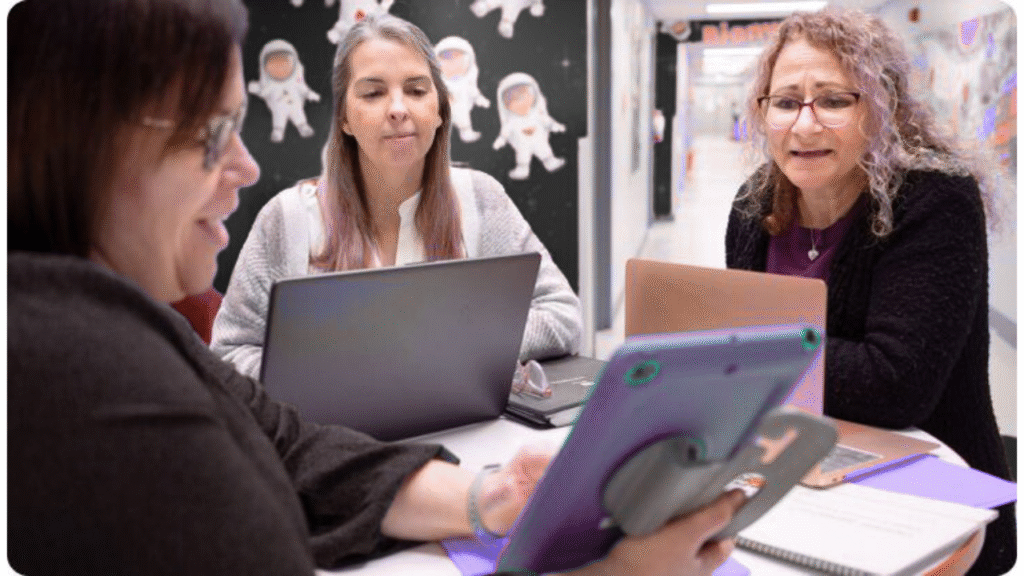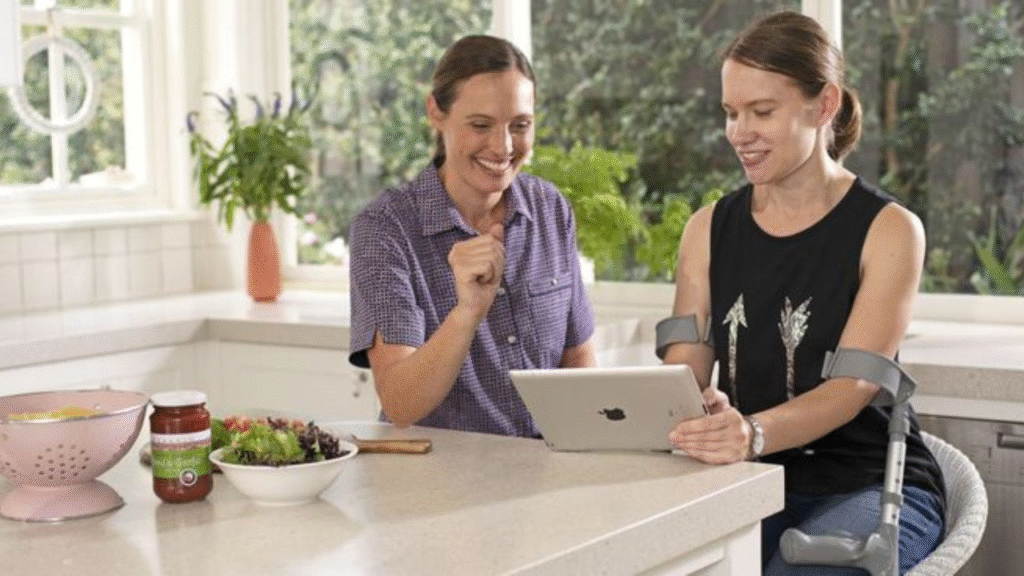By Studynest Team | Published: June 26, 2025
In today’s diverse classrooms, ensuring that every student has access to quality education is paramount. For students with special education (SPED) needs, tailored accommodations can make a significant difference in their learning experience. At Studynest, we’re committed to empowering educators with innovative, high-demand strategies to support SPED students effectively. This article explores unique accommodations that align with Google’s content guidelines—emphasizing expertise, experience, authoritativeness, and trustworthiness (E-E-A-T)—to create inclusive classrooms that foster success for all learners.
Why SPED Accommodations Matter
Special education accommodations are modifications or adjustments that allow students with disabilities to access the curriculum and demonstrate their learning. These accommodations are not only legally mandated under frameworks like the Individuals with Disabilities Education Act (IDEA) but are also critical for fostering equity. With the growing emphasis on inclusive education, teachers are seeking creative, evidence-based solutions to meet diverse needs. Below, we outline unique and high-demand accommodations that can transform your classroom, drawing from practical strategies and expert insights.
1. Flexible Seating Arrangements
Flexible seating is a high-demand accommodation that supports students with sensory processing issues, ADHD, or mobility challenges. By offering options like wobble stools, standing desks, or bean bag chairs, teachers can create a dynamic environment that allows students to choose seating that suits their needs. According to Kristine Fourman, a preschool teacher, flexible seating helps students integrate auditory, visual, and tactile systems, improving focus and engagement.
Implementation Tip: Use a classroom map to track seating preferences and ensure accessibility. For example, place wobble stools near desks for students who need movement breaks. Studynest recommends rotating seating options weekly to encourage student autonomy.
2. Technology-Enhanced Tools

Assistive technology is in high demand for SPED accommodations, as it empowers students to overcome barriers in communication and learning. Tools like speech-to-text software, such as Dragon NaturallySpeaking, or text-to-speech apps, like Read&Write, support students with written expression disorders or reading difficulties. Google Workspace for Education, including Docs and Forms, also offers accessible features for collaborative learning.
Implementation Tip: Train students on tools during small-group sessions to build confidence. Studynest’s platform offers tutorials on integrating Google Workspace tools for SPED accommodations, ensuring seamless adoption.
3. Hyperdocs for Personalized Learning
Hyperdocs, digital documents that combine resources, instructions, and tasks, are a powerful way to accommodate diverse learners. They provide a centralized hub for students to access materials at their own pace, making them ideal for students with learning disabilities or executive functioning challenges. Hyperdocs can include embedded videos, graphic organizers, or links to Studynest’s curated resources, reducing overwhelm and enhancing organization.
Implementation Tip: Create hyperdocs with clear, step-by-step instructions and visual cues. For example, color-code sections for students with processing difficulties. Studynest’s blog offers templates for creating SPED-friendly hyperdocs.
4. Sensory Breaks and Calming Corners
Students with autism spectrum disorder (ASD) or sensory sensitivities often benefit from sensory breaks. A calming corner—a designated classroom space with sensory tools like fidget toys, noise-canceling headphones, or soft lighting—can help students self-regulate. This accommodation is increasingly in demand as schools prioritize mental health and emotional regulation.
Implementation Tip: Stock calming corners with items like stress balls or weighted lap pads. Studynest’s resource library includes sensory tool recommendations vetted by SPED experts.
5. Peer Collaboration and Reciprocal Questioning

Active learning strategies, such as reciprocal questioning, engage SPED students by encouraging peer interaction. This approach allows students to formulate questions about a lesson, fostering critical thinking and communication skills. It’s particularly effective for students with social or language-based learning disabilities.
Implementation Tip: Pair students strategically, ensuring SPED students work with supportive peers. Use Studynest’s group activity guides to structure collaborative tasks that promote inclusion.
6. Visual Schedules and Graphic Organizers
Visual schedules and graphic organizers are essential for students with autism, ADHD, or cognitive disabilities. These tools provide structure and clarity, reducing anxiety and improving task completion. For example, a visual schedule can outline daily activities, while graphic organizers help students organize thoughts for writing tasks.
Implementation Tip: Use digital tools like Google Drawings to create customizable visual aids. Studynest’s platform offers pre-designed templates that align with SPED best practices.
Meeting Google’s E-E-A-T Guidelines

At Studynest, we prioritize creating content that meets Google’s E-E-A-T standards. Our team includes educators and SPED specialists with years of classroom experience, ensuring our recommendations are practical and evidence-based. This article draws from authoritative sources, such as Google for Education and expert teaching strategies, to provide trustworthy guidance. By aligning with Google’s focus on people-first content, we aim to deliver actionable insights that resonate with educators and rank well in search results.
Why These Accommodations Are in High Demand
The demand for innovative SPED accommodations stems from the increasing diversity of student needs and the push for inclusive education. Teachers are seeking solutions that are both effective and scalable, particularly in resource-constrained environments. Tools like flexible seating and hyperdocs are popular because they benefit all students, not just those with disabilities, creating a universal learning design (UDL) framework. Additionally, technology-driven accommodations align with the digital transformation of classrooms, making them highly sought-after.
How Studynest Supports Educators
Studynest is your partner in creating inclusive classrooms. Our platform offers:
- Curated Resources: Access SPED-focused lesson plans, templates, and tutorials.
- Professional Development: Explore webinars on assistive technology and UDL.
- Community Support: Connect with educators to share best practices.
By integrating these high-demand accommodations, you can transform your classroom into a space where every student thrives. Visit Studynest today to explore our tools and start implementing these strategies.
Conclusion
Creating an inclusive classroom requires creativity, expertise, and a commitment to meeting students’ unique needs. The accommodations outlined above—flexible seating, assistive technology, hyperdocs, sensory breaks, peer collaboration, and visual aids—are both innovative and in high demand. By leveraging Studynest’s resources and aligning with Google’s content guidelines, educators can ensure their classrooms are equitable and engaging. Start small, experiment with one or two strategies, and watch your students soar.
Have questions or want to share your own SPED accommodations? Join the Studynest community and leave a comment below!
